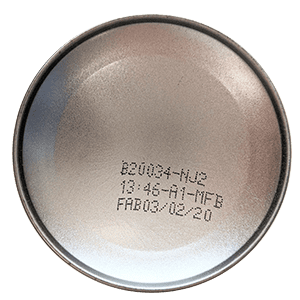KEEP OUT OF REACH OF CHILDREN
PRECAUTIONARY STATEMENTS: Hazards to Humans and Domestic Animals
CAUTION: Causes moderate eye irritation. Avoid contact with eyes or clothing. Wash thoroughly with soap and water after handling and before eating, drinking, chewing gum, using tobacco or using the toilet.


